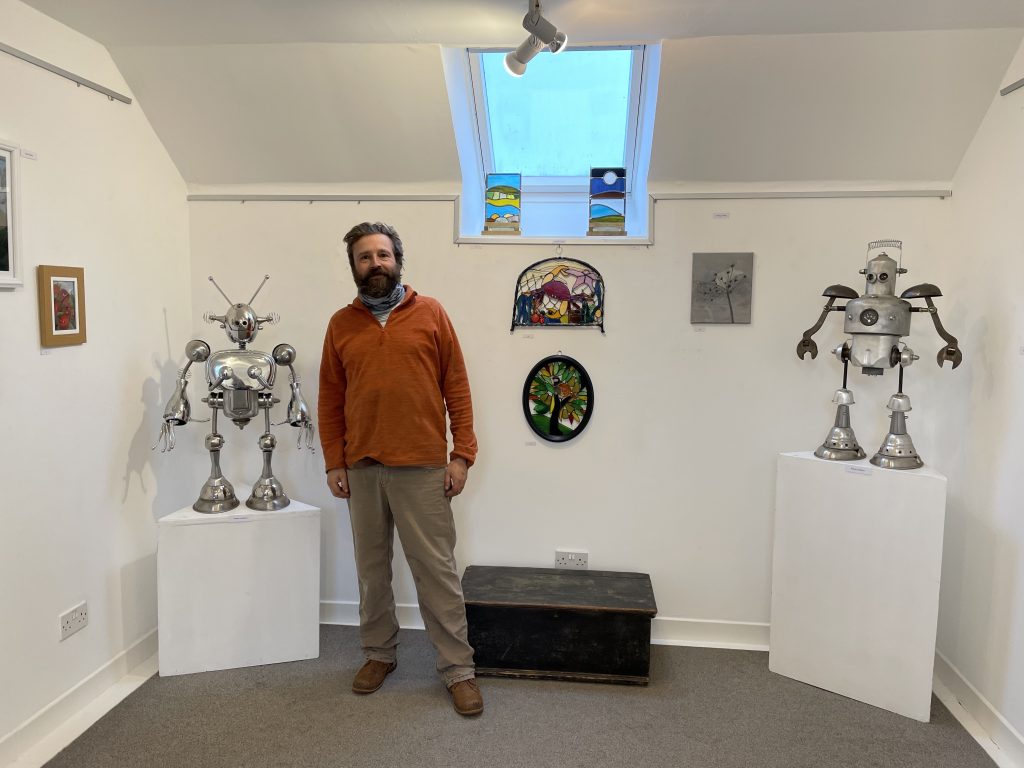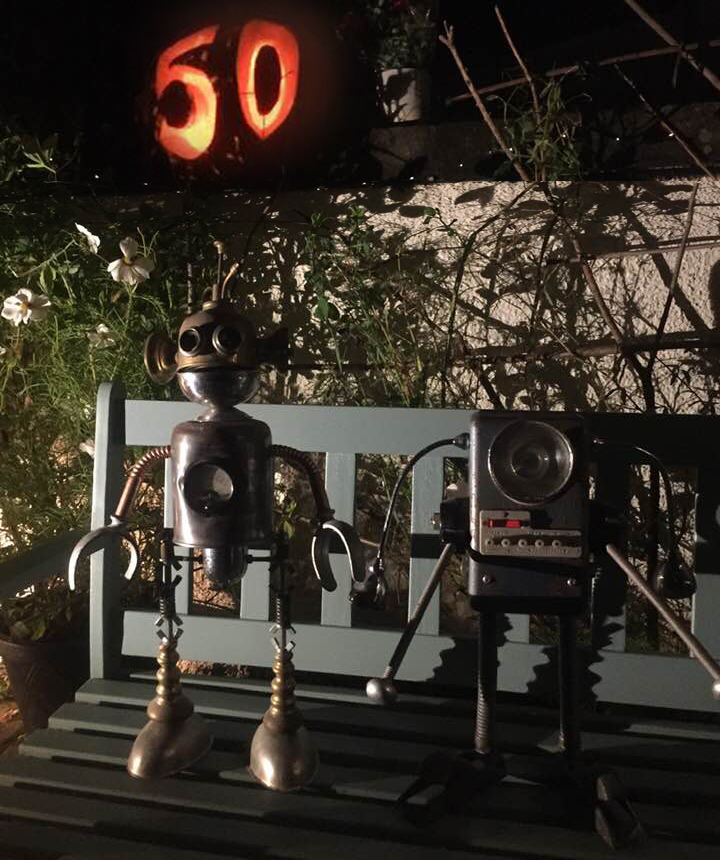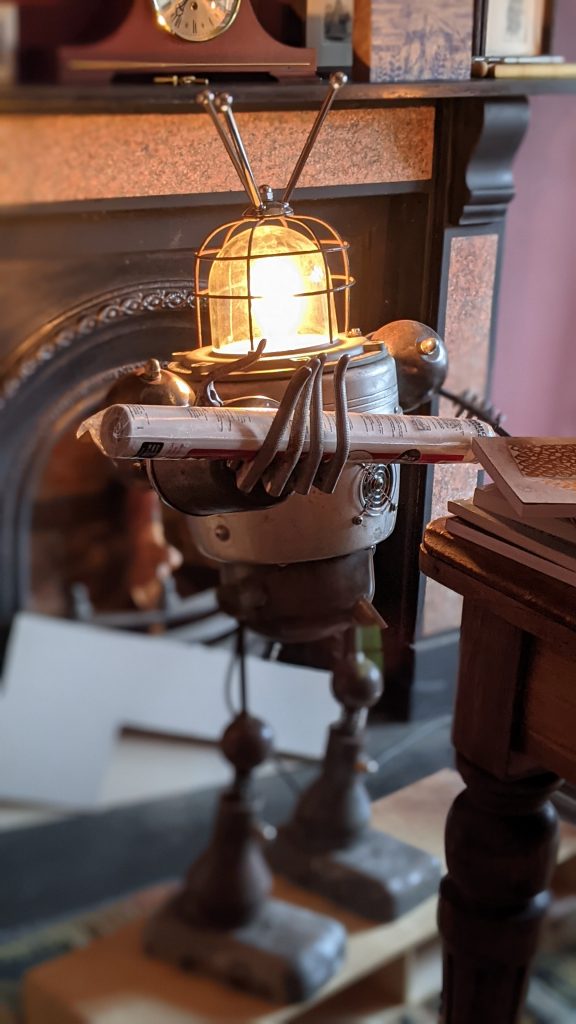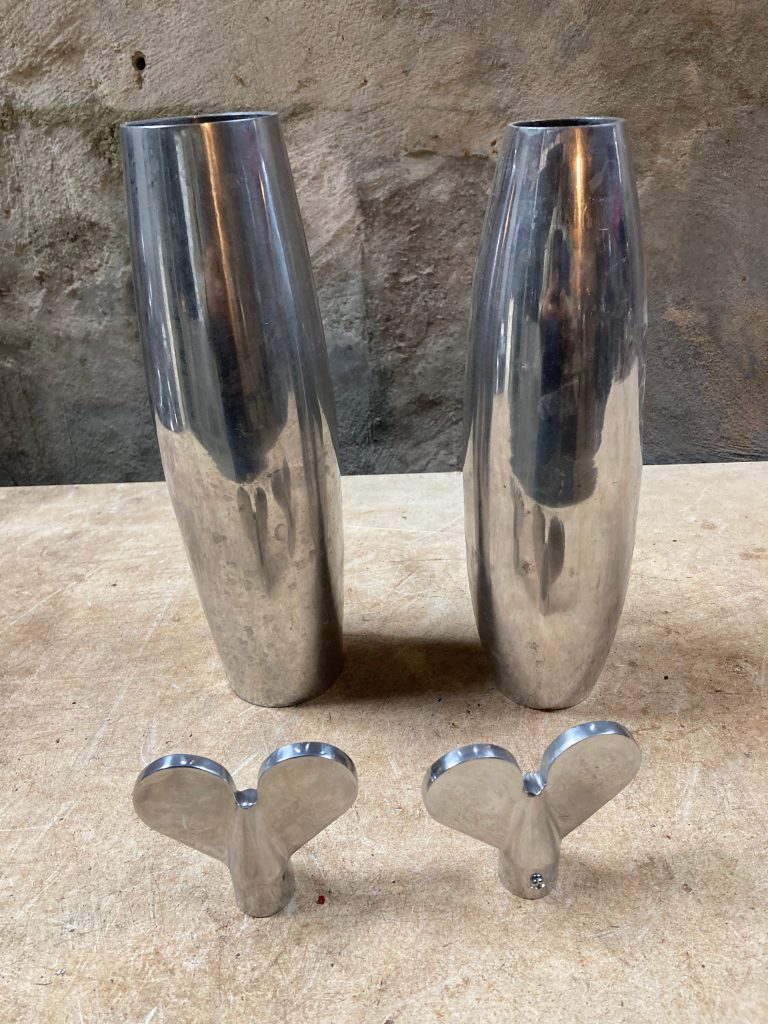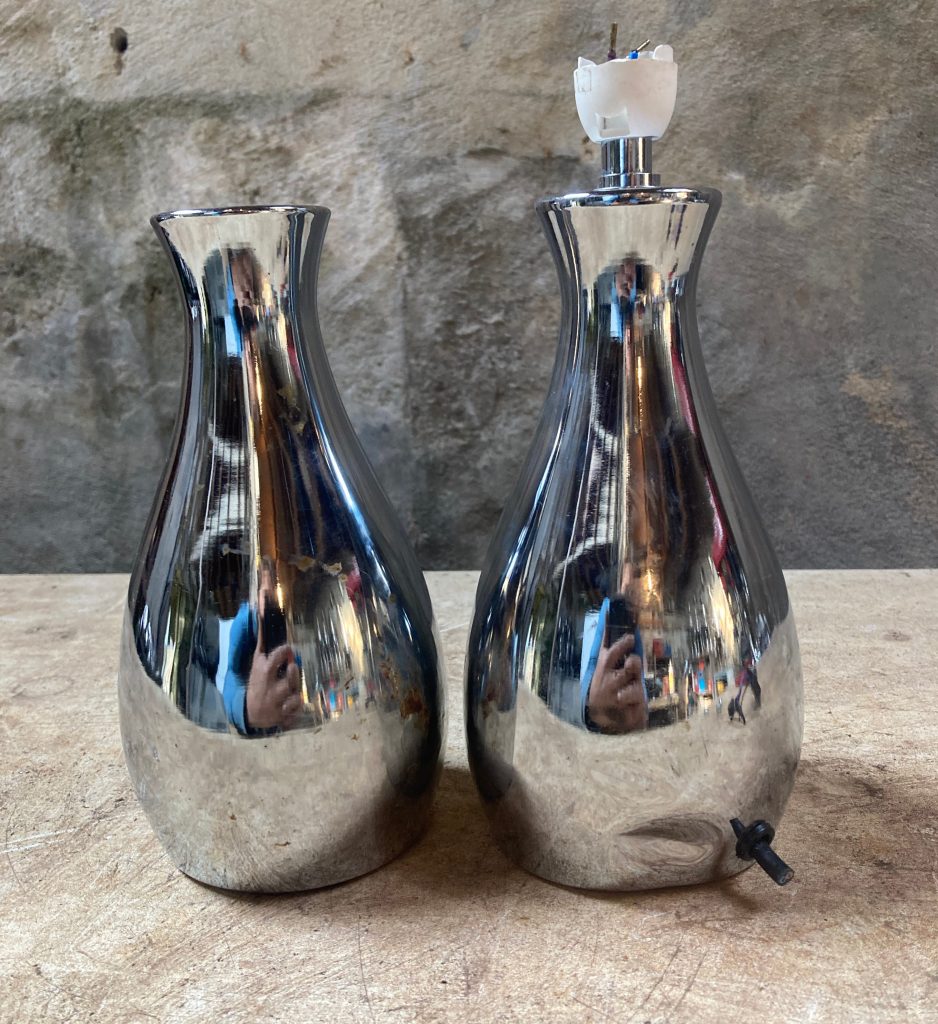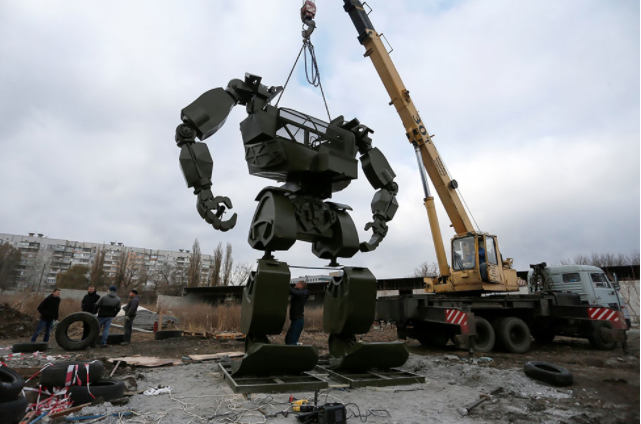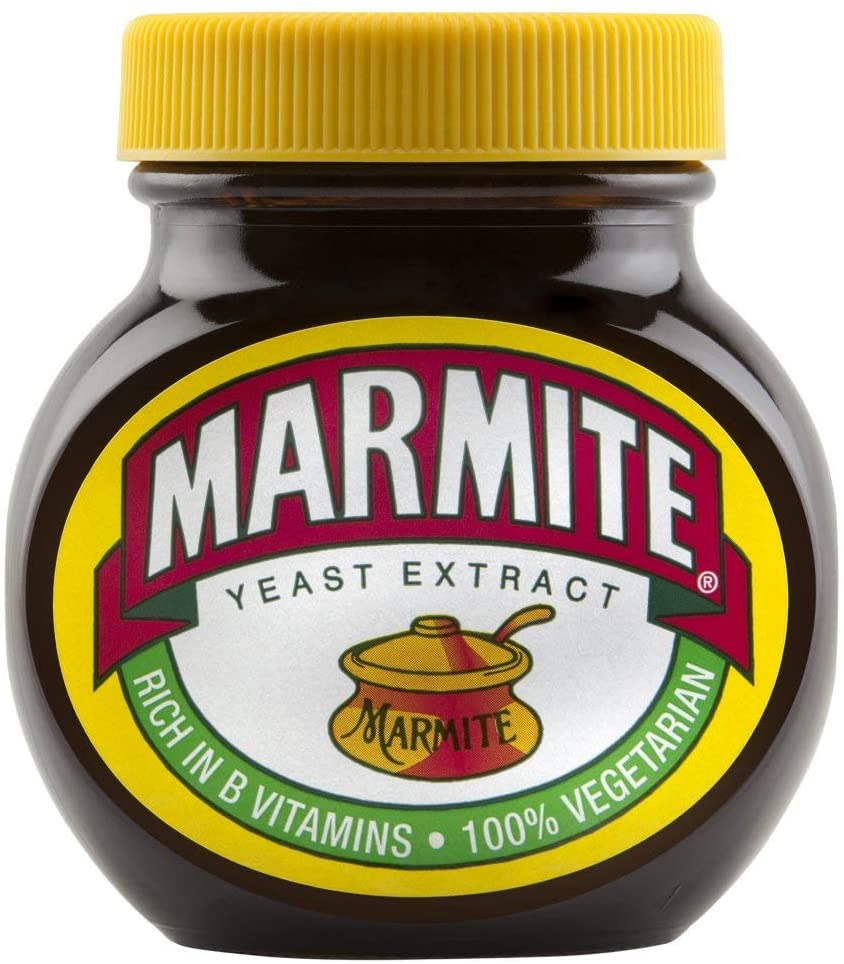In 1996, advertising creatives Richard Flintham and Andy McLeod discovered that one of them loved Marmite and the other hated it. Their polarised opinions became the basis of the “Love it or hate it” campaign, which is now so well known that the term “Marmite” has come to describe, in general usage, anything that people either love or hate.
Previously, my creative efforts have tended to have a “marmite” effect which is something I secretly enjoyed because I was able to convince myself that my work was a bit esoteric or a bit edgy and only appreciated by the more sophisticated or discerning. In contrast my robomofos have been met with universal approval. Not everyone wants to buy one but men, women, and children alike all seem to love them. This is of course very nice as we all thrive on affirmation and praise but it’s not something I’m used to and therefore just a little bit unnerving.
Until, that is, the other day when one of my customers showed his robomofo to his father (after whom the robot had been named) and received an altogether different response. He simply didn’t get it. He could not see how the object had any value at all and was mystified as to why anyone would pay upwards of £300 for a collection of junk. My customer, confident that I would not be upset or offended, recounted this tale with glee which I found both exciting and strangely reassuring. What psycological forces were at work I would not like to say but it would seem that for me the idea of being both loved and hated is more appealing than just being loved. Flintham and McLeod must have been onto something as this was the basis of of one of the most successful slogans in the history of advertising.
